|
The WNC Fly Fishing Trail was created in the Winter of 2008-09. The first trail maps were printed and distributed in February of 2009. Since that time over 160,000 maps have been printed and given to anglers across the nation. If anyone would like a copy of the map, or trail information, you can contact Alex Bell at AB's Fly Fishing Guide Service, alex@abfish.org or go to www.abfish.org, or to the trail website at www.flyfishingtrail.com. You can also visit www.mountainlovers.com or call 800.962.1911, or 828.226.3833, for a list of accommodations.
The trail consists of 15 spots throughout Jackson County and the Cherokee Indian Reservation. This report, and those to follow, will combine some of the small streams, delayed harvest section of the Tuckasegee River, and the trophy section on Raven's Fork in Cherokee. Delayed Harvest Waters were stocked the second time in 2016 the first week of April. Small Streams: First and foremost, all 'Hatchery Supported Waters' re-open Saturday, April 2. at 7:00AM. Please visit www.ncwildlife.org to get the official dates of closing/opening fishing dates. April starts the fabulous trout fishing season of Spring. Dark fly are still prevalent early in the month and then transitions into lighter colors towards the end of the month. As with most cases, water temps dictate insect hatch activities. Low to mid 50 degree water temps usually initiate more activity. The dark fly's can be matched by Blue Wing Olive, Blue Quills, and Quill Gordons. Little Black Caddis and March Brown's can be a good producers. Later in the month as lighter colored mayflies start appearing, the use of Light Cahills, Elk Hair Caddis, and on the warmest of days, Yellow Sallies will start appearing. When adding a dropper, Pheasant tail nymphs, bead head Hare's ears, little rubber legged bead head Black Stone, and Copper John's will be productive. Different types of midges will still be active in early Spring. The classic Zebra Midge pattern is still very productive. Color choices preferred by the trout seem to change daily. Therefore, have a variety of colors, such as red/white, black/white, brown/gray, green/black are just some of the flies to put in your box. Sizes can vary from 18 - 24. Fishing squirmy worms and small egg patterns under indicators is another productive technique. Remember to bring your camera, and to leave the stream and surrounding areas better than you found them. Delayed Harvest: As mentioned earlier, the second stocking for delayed harvest waters in 2016 occurred during the first week of this month. You can go to www.ncwildlife.org and check on all the regulation and license requirements as well as the stocking schedule. The delayed harvest section of the Tuck is listed as Mountain Heritage waters and therefore, qualifies for a 3 day, $5.00 permit (Instate or out-of-state). These permits can only be purchased on-line or over the phone. You can call NC Wildlife Commission at 888.248.6834, M-F 8am-5pm. Fly selection offers a wide variety this time of year. The dry fly selections are primarily the same as those mentioned in the small stream section. For subsurface activity, anything from egg patterns, squirmy worms, wooly boogers, to girdle bugs (Marvins) are all very effective, especially with freshly stocked trout. Large rubber legged stone fly's (6 - 10), down to size 16 & 18 Pheasant tails and gold ribbed hare's ears. Soft hackles fished on the swing can be deadly this time of year. As fishing pressure increases an the trout become more 'educated', using smaller fly's is often more productive. Drop down to 18's, and 20's for your droppers. Stripping streamers for 'fresh' fish can be a blast. Vary the speed of your retrieve until the trout 'tell you' what they like. Black or Olive Wooly Buggers are always good choices. Remember to handle the trout as little as possible and hold them lightly facing upstream until they swim off on their own. Wishing you Tight Lines & Bent Rods...
2 Comments
Hunting and fishing in North Carolina is big business. It is among the top industries, ranked 12th by the N.C. Dept. of Commerce. A recent report by the N.C. Wildlife Resources Commission said, "Numbers of resident hunters are increasing and North Carolina is ranked 10th in the nation for the number of non-resident hunters... Just this year Bassmaster magazine ranked four of our lakes among the top bass fishing spots in the nation. The American Sportfishing Association ranks North Carolina No. 4 in visiting non-resident anglers’ destinations, and Field & Stream magazine ranks our whitetail deer hunting some of the best in the country."
The large mouth bass bite is still going strong at Glenville Lake and other local lakes. Go to the Lake fishing page for more details. Gift Certificates are also available for the Bass trips.
For that person who is difficult to shop for, and you want to get them something unique, consider a gift certificate from AB's Fly Fishing Guide Service for a trip/instruction. It's the perfect choice, and the recipient(s) can schedule the date(s) for the trip anytime within one year! To get yours today!
November is a great fishing month. NC Wildlife stocks the Delayed Harvest section of the Tuckasegee River in early November. The leaves are falling, but the trout are rising! Been some BWO's and Crème Midge dry fly activity in late afternoons. I still have a few AVAILABLE DATES on the calendar, but they are filling up quickly.
March brings on Spring and warmer weather. Warmer weather eventually translates to warmer water temperatures. It's usually pre-spawn season for large mouth bass. This means the bass, especially young adult males, will be getting much more active and starting to feed-up. This month can be very productive, but it can also be frustrating. One day the bass are chasing bait in the shallows and the next day they've gone back deep. For this reason, be prepared to vary your techniques from throwing crank baits and slow rolling spinner baits to fishing finesse worms or pitching skirted jigs. Using good electronics can be a time saver in locating the fish in our
deep mountain lakes. Small mouth bass are getting more active as well. They are starting to move up some of the creeks and rivers. Start out fishing the mouths of the tributaries and slowly work your way up stream. Throwing small crank baits, bucktails, and spinners can all be effective. Lake levels are still low from the Winter draw down, so please check ahead to make sure you can launch your boat at the launch you plan on using. 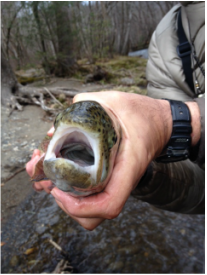 The WNC Fly Fishing Trail was created in the Winter of 2008-09. The first trail maps were printed and distributed in February of 2009. Since that time over 160,000 maps have been printed and given to anglers across the nation. If anyone would like a copy of the map, or trail information, you can contact Alex Bell at AB's Fly Fishing Guide Service, [email protected] or go to www.abfish.org, or to the trail website at www.flyfishingtrail.com. You can also visit www.mountainlovers.com or call 800.962.1911, or 828.226.3833, for a list of accommodations. The trail consists of 15 spots throughout Jackson County and the Cherokee Indian Reservation. This report, and those to follow, will combine some of the small streams, delayed harvest section of the Tuckasegee River, and the trophy section on Raven's Fork in Cherokee. Delayed Harvest Waters will be stocked the first time in 2015 during the first week of March. Small Streams: First and foremost, all 'Hatchery Supported Waters' are closed during the month of March. Please visit www.ncwildlife.org to get the official dates of closing/opening fishing dates. March starts the fabulous trout fishing season of Spring. March 20, is the actual first day of Spring. This month is a transition month in terms of fly fishing. Dark fly are still prevalent early in the month and then transitions into lighter colors towards the end of the month. As with most cases, water temps dictate insect hatch activities. Low to mid 50 degree water temps usually initiate more activity. The dark fly's can be matched by Blue Wing Olive, Blue Quills, and Quill Gordons. Little Black Caddis can be a good producer. Later in the month as lighter colored mayflies start appearing, the use of Light Cahills, Elk Hair Caddis, and on the warmest of days, Yellow Sallies are go to fly's. When adding a dropper, Pheasant tail nymphs, bead head Hare's ears, little rubber legged bead head Black Stone, and Prince nymphs will be productive. Different types of midges will still be active in early Spring. The classic Zebra Midge pattern is still very productive. Color choices preferred by the trout seem to change daily. Therefore, have a variety of colors, such as red/white, black/white, brown/gray, green/black are just some of the flies to put in your box. Sizes can vary from 18 - 24. Fishing squirmy worms and small egg patterns under indicators is another productive technique. Remember to bring your camera, and to leave the stream and surrounding areas better than you found them. Delayed Harvest: As mentioned earlier, the first stocking for delayed harvest waters in 2015 occurred during the first week of this month, March. You can go to www.ncwildlife.org and check on all the regulation and license requirements as well as the stocking schedule. Fly selection offers a wide variety this time of year. The dry fly selections are primarily the same as those mentioned in the small stream section. For subsurface activity, anything from egg patterns, squirmy worms, wooly boogers, to girdle bugs (Marvins) are all very effective, especially with freshly stocked trout. Large rubber legged stone fly's (6 - 10), down to size 16 & 18 Pheasant tails and gold ribbed hare's ears. Don't forget your Griffith's Gnats, a good offering when midges are flying around. Fishing Zebra Midge nymphs on the colder days will produce. Vary your color selections and sizes until you find the magic combination. Stripping streamers for 'fresh' fish can be a blast. Vary the speed of your retrieve until the trout 'tell you' what they like. Wishing you Tight Lines & Bent Rods... 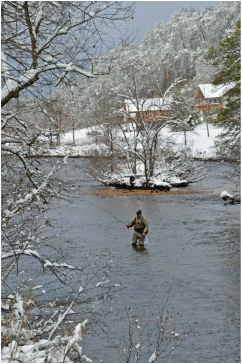 The WNC Fly Fishing Trail was created in the Winter of 2008-09. The first trail maps were printed and distributed in February of 2009. Since that time over 160,000 maps have been printed and given to anglers across the nation. If anyone would like a copy of the map, or trail information, you can contact AB's Fly Fishing Guide Service at [email protected] or go to www.abfish.org, or to the trail website at www.flyfishingtrail.com. You can also visit www.mountainlovers.com or call 800.962.1911, or 828.226.3833, for a list of accommodations. The trail consists of 15 spots throughout Jackson County and the Cherokee Indian Reservation. This report, and those to follow, will combine some of the small streams, delayed harvest section of the Tuckasegee River, and the trophy section on Raven's Fork in Cherokee. Delayed Harvest Waters will be stocked the first time in 2015 some time the first week of March. Small Streams: February, historically, is one of the coldest months in Western North Carolina. The best way to stay warm is to wear layers of clothing. It is always a good idea to have an extra change of clothes to change into in case you get wet. Hypothermia is a very real concern. Confusion can be one of the symptoms. so it is a prudent choice to error on the side of caution and take the time to dry off and warm up before returning to the stream. Darker earth tones, or even camo is a good idea since most leaves will have fallen and cover is limited. It will get brisk in the early mornings, but warm up during the day. Blue Winged Olive fly's and smaller Elk hair stimulators are good choices for the dry presentation. When adding a dropper, Pheasant tail nymphs bead head Hare's ears, and little rubber legged bead head Black Stone fly's will be productive. Different types of midges will still be active in the Winter. The classic Zebra Midge pattern is still very productive. Color choices preferred by the trout seem to change daily. Therefore, have a variety of colors, such as red/white, black/white, brown/gray, green/black are just some of the flies to put in your box. Sizes can vary from 18 - 24. Fishing squirmy worms and small egg patterns under indicators is another productive technique. Remember to bring your camera, and to leave the stream and surrounding areas better than you found them. Delayed Harvest Water: Delayed Harvest waters have returned to catch & release, single hook artificial lure/fly only effective October 1. As mentioned earlier, the first stocking for delayed harvest waters in 2015 will occur sometime during the first week of March. You can go to www.ncwildlife.org and check on all the regulation and license requirements as well as the stocking schedule. Fly selection offers a wide range this time of year. Anything from egg patterns, squirmy worms, wooly boogers, to girdle bugs (Marvins). Large rubber legged stone fly's (6 - 10), down to size 16 & 18 Pheasant tails and gold ribbed hare's ears. Blue Winged Olives are always a possibility in the Winter. Don't forget your Griffith's Gnats, a good offering when midges are flying around. Fishing Zebra Midge nymphs in the colder months will produce. Vary your color selections and sizes until you find the magic combination. Throwing large streamers late in the evening, near dusk, can produce some very big Brown Trout. Find yourself some warm days this month and you will have the river pretty much to yourself. Some of the biggest trout of the year have been caught in February. Bundle Up, Stay Warm, & Enjoy!!! Wishing you Tight Lines & Bent Rods... 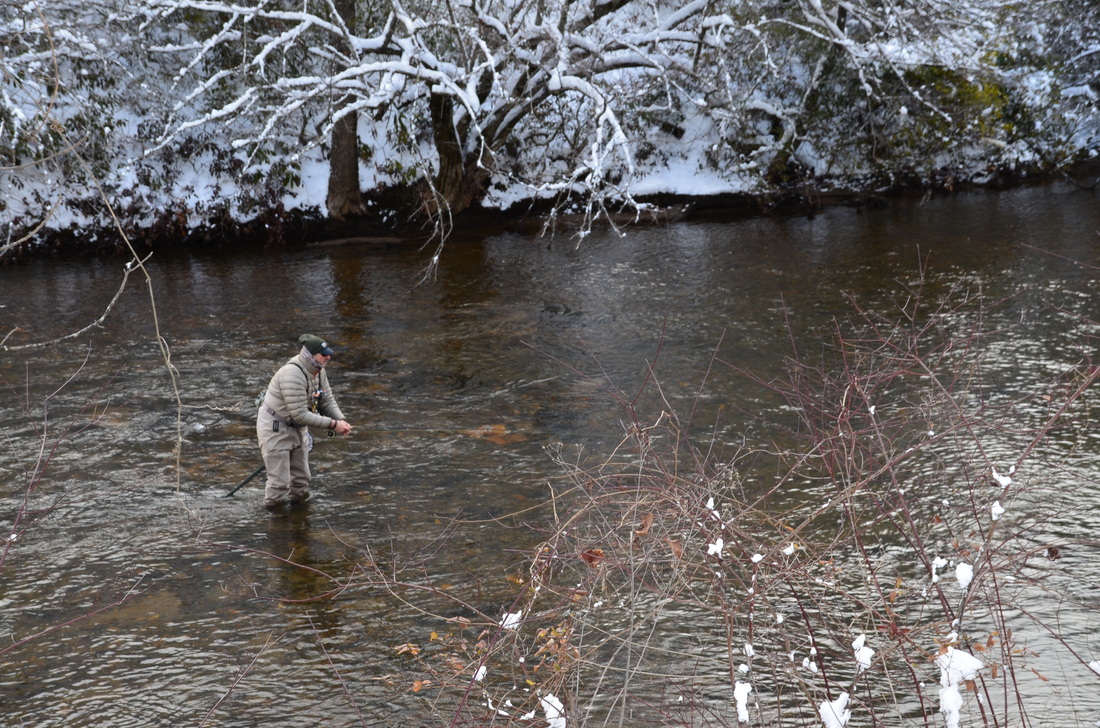 The WNC Fly Fishing Trail was created in the Winter of 2008-09. The first trail maps were printed and distributed in February of 2009. Since that time over 140,000 maps have been printed and given to anglers across the nation. If anyone would like a copy of the map, or trail information, you can contact AB's Fly Fishing Guide Service at [email protected] or go to www.abfish.org, or to the trail website at www.flyfishingtrail.com. You can also visit www.mountainlovers.com or call 800.962.1911, or 828.226.3833, for a list of accommodations. The trail consists of 15 spots throughout Jackson County and the Cherokee Indian Reservation. This report, and those to follow, will combine some of the small streams, delayed harvest section of the Tuckasegee River, and the trophy section on Raven's Fork in Cherokee. Delayed Harvest Waters revert back to catch & release and got stocked again in October and November. Small Streams: As the weather gets colder and colder, the best option is to wear layers of clothing. It is always a good idea to have an extra change of clothes to change into in case you get wet. Hypothermia is a very real concern. Confusion can be one of the symptoms. so it is a prudent choice to error on the side of caution and take the time to dry off and warm up before returning to the stream. Darker earth tones, or even camo is a good idea since most leaves will have fallen and cover is limited. It will get brisk in the early mornings, but warm up during the day. Blue Winged Olive fly's are good choices for the dry presentation. When adding a dropper, Pheasant tail nymphs bead head Hare's ears, and little rubber legged bead head Black Stone fly's will be productive. Different types of midges will still be active in the Winter. The classic Zebra Midge pattern is still very productive. Color choices preferred by the trout seem to change daily. Therefore, have a variety of colors, such as red/white, black/white, brown/gray, green/black are just some of the flies to put in your box. Sizes can vary from 18 - 24. Fishing squirmy worms under indicators are always a good bet. Remember to bring your camera, and to leave the stream and surrounding areas better than you found them. Delayed Harvest Water: Delayed Harvest waters have returned to catch & release, single hook artificial lure/fly only effective October 1. You can go to www.ncwildlife.org and check on all the regulation and license requirements as well as the stocking schedule. Fly selection offers a wide range this time of year. Anything from egg patterns, squirmy worms, wooly boogers, to girdle bugs (Marvins). Large rubber legged stone fly's (6 - 10), down to size 16 & 18 Pheasant tails and gold ribbed hare's ears. Blue Winged Olives are always a possibility in the Winter. Don't forget your Griffith's Gnats, a good offering when midges are flying around. Fishing Zebra Midge nymphs in the colder months will produce. Vary your color selections and sizes until you find the magic combination. Find yourself some warm days this month and you will have the river pretty much to yourself. Twenty to fifty fish days are very possible during January . Bundle Up & Enjoy!!! Wishing you Tight Lines & Bent Rods... Winter is a good time to be on the lakes. The bass are feeding up
for the Winter and focusing on this years bream fry and whatever other baitfish each particular lake offers. Try to simulate the colors of the local baitfish in your lure selection. crank baits, buzz baits, and jerk baits are good places to start. As the water continues to get colder, slow down your presentation. Fishing finesse worms deep and other plastics deep and slow, with slight twitches are productive options. Remember, mountain lakes are drawn down in the Winter, so make sure the lake launch you are planning to use is still adequate to launch your boat. Also, some of the lakes are having work done on recreational areas and will be even lower than normal. Glenville Lake is being drawn down an additional 16 feet over normal draw down level, to put in new beach/recreational areas and work on existing boat ramps. Duke Energy has messages on their website that describes which lakes and more specific lake levels. Get out and fish and take a kid with you!!! Wishing you tight lines & bent rods.... |
|

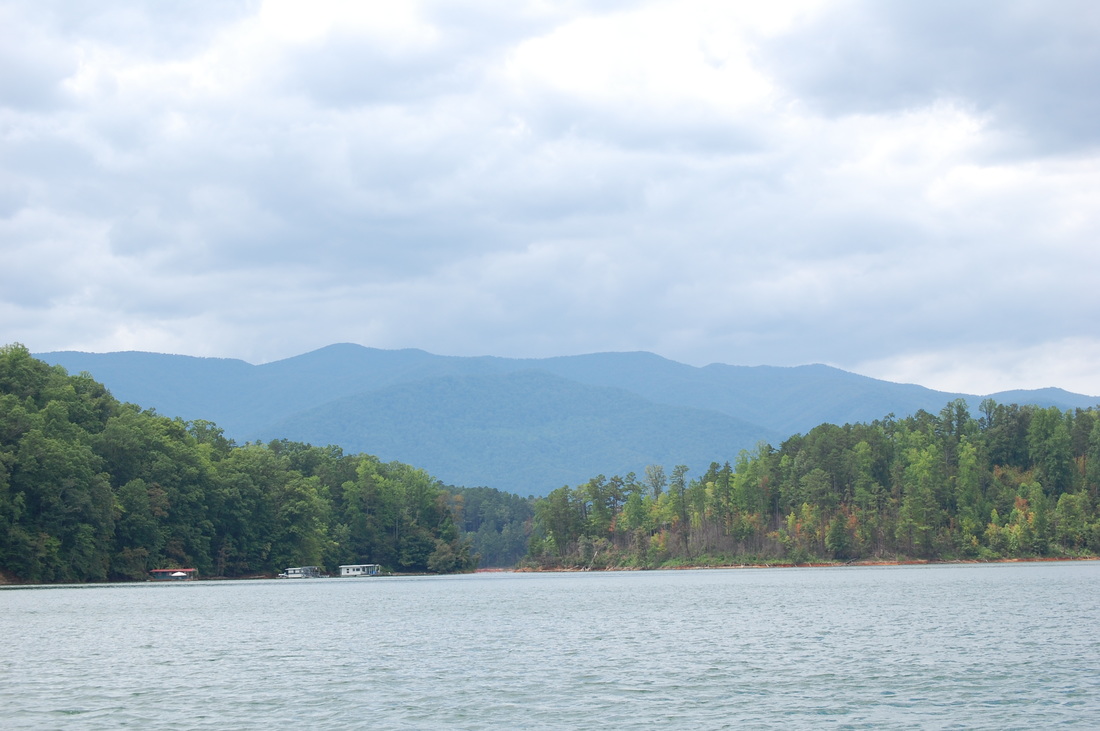
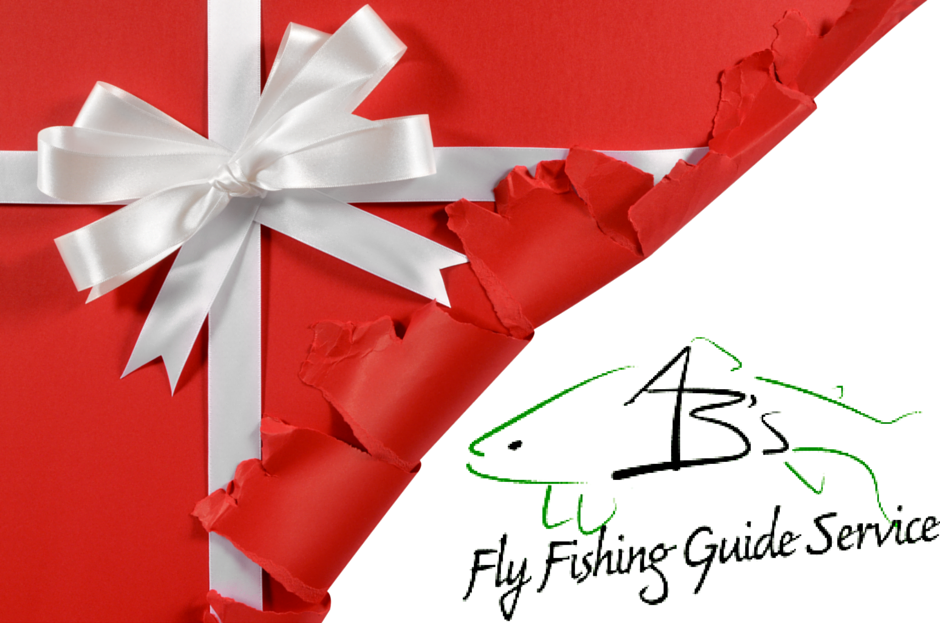



 RSS Feed
RSS Feed